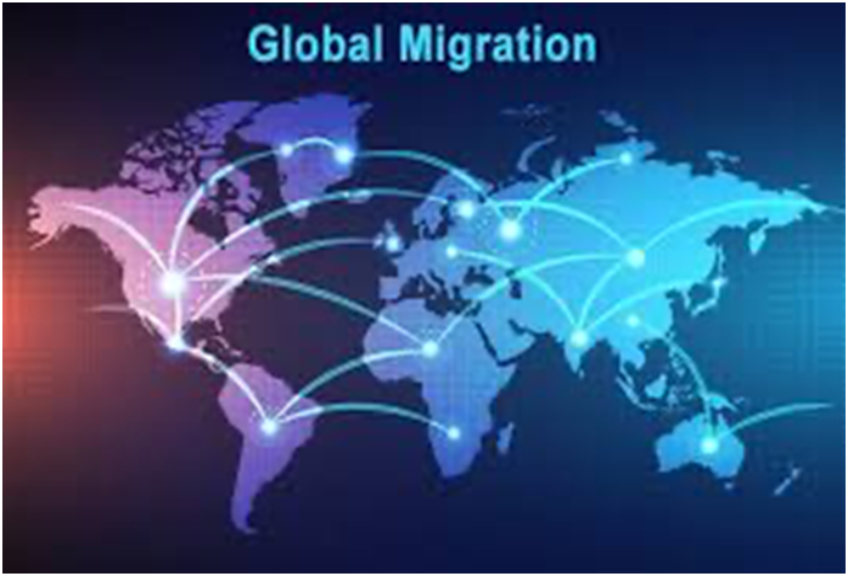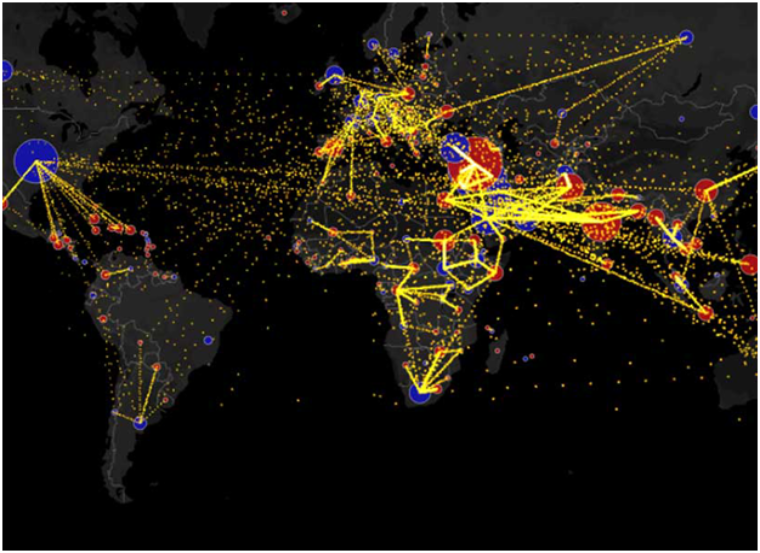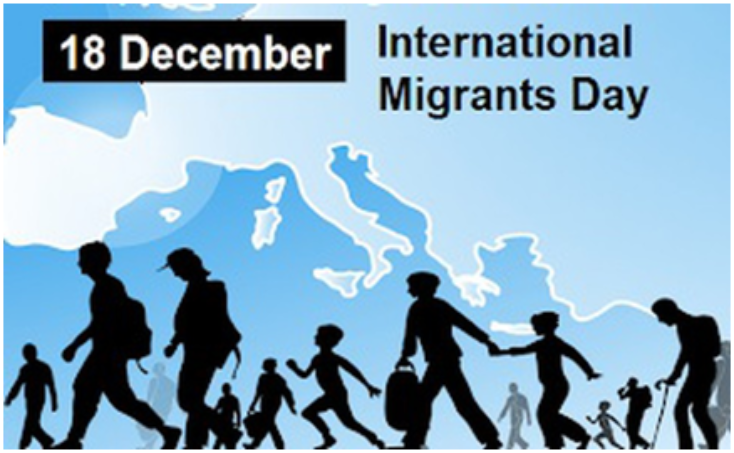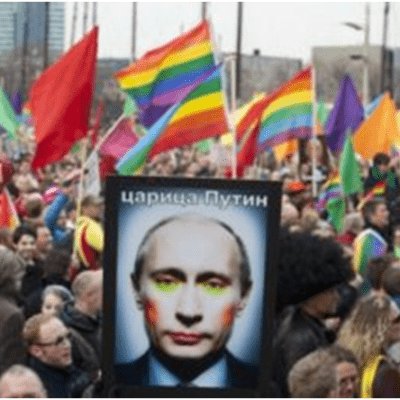The United Nations (UN) International Migrants Day is annually held on December 18 to recognize the efforts, contributions, and rights of migrants worldwide.
Each year the UN invites governments, organizations, and individuals to observe International Migrants Day by distributing information on the human rights and migrants’ fundamental freedoms. People are also invited to share their experiences and contribute to designing action plans to ensure their protection when they migrate from one country to the other.
“All migrants are entitled to equal protection of all their human rights. On this International Migrant’s Day, I urge leaders and people everywhere to bring the Global Compact to life, so that migration works for all.” Said Secretary-General of the United Nations, Antonio Guterres.
Global migration patterns when studied, have concluded to be on a constant rise. The key trends contributing to international migration are derived by the ways in which political and economic conditions shape the demographics of migrants and affect where they choose to go.
While migration is a positive and empowering experience for many, it is increasingly clear that a lack of human rights-based migration governance at the global, regional and national levels is leading to the routine violation of migrants’ rights in transit, at international borders, and in the countries they migrate to.
While migrants are not inherently vulnerable, they can be vulnerable to human rights violations. Migrants in an irregular situation tend to be disproportionately vulnerable to discrimination, exploitation and marginalization, often living and working in the shadows, afraid to complain, and denied their human rights and fundamental freedoms.
Human rights violations against migrants can include a denial of civil and political rights such as arbitrary detention, torture, or a lack of due process, as well as economic, social and cultural rights such as the rights to health, housing or education. The denial of migrants’ rights is often closely linked to discriminatory laws and to deep-seated attitudes of prejudice or xenophobia.
The Universal Declaration of Human Rights begins with a recognition of the “inherent dignity and of the equal and inalienable rights of all members of the human family.” Human rights law thus provides that in general, all persons, without discrimination, must have access to all fundamental human rights with narrow limitations related to political rights and freedom of movement. States are further obliged to ensure that any differential treatment, between citizens and non-citizens or among different groups of non-citizens, is undertaken in a non-discriminatory manner, that is, for a legitimate objective, and that the course of action taken to achieve this objective is proportionate and reasonable.
The chief driving agent of migration is the economic motive which simply lead the migrants to developing countries with financial opportunities and stability. Migration, whether legal or illegal is committed to achieve higher social status, economic growth and personal development.
Usually, the migrants who seek asylum in various countries are survivors of social humiliation (intended or unintended), social exclusion, financial deprivation or are just seeking a recognition and financial stability.

The over populated nations often face brain drain due to their incompetency in providing the well deserved financial growth and reputation to their employees, consequently the underpaid and socially exhausted employee chose to migrate.
Geopolitical events causing changed national boundaries also prompt some migrations. In addition to these push factors, migrants are pulled to countries recruiting them for their labor: various receiving countries seek both low-skilled and high-skilled workers to fill their labor needs. Collectively, these patterns shape the contours of contemporary international migration.
According to the most recent data on global migrations, 272 million international migrants were counted globally in 2017 – people residing in a country other than their country of birth. This represented 3.4% of the world’s total population.
Highest category of Migrants belonged labour class, followed by Displaced persons, followed by students and then by Migrant Smuggling. Women migrants were around 48%. Out of total migrations Two-thirds immigrate to Europe or Asia.
In 2019, the number of migrants globally reached an estimated 272 million, 51 million more than in 2010.
In recent years, the number of children migrating unaccompanied has increased. In 2015–2016, there were five times as many children estimated to be migrating alone than in 2010–2011 (UNICEF, 2017b) .
International migration can be made more safe, orderly and regulated through collection and utilization of accurate and disaggregated data as a basis for evidence based policies. Minimizing the adverse drivers and structural factors that compel people to leave their country of origin. Ensuring that all migrants have proof of legal identity and adequate documentation. Enhancing the availability and flexibility of pathways for regular migration etc.

The post migration affect on the host country are both detrimental and beneficial. Talking with relation to diversity that it creates, the diverse societal norms, customs, and ethics can nurture technological innovation, the diffusion of new ideas, and so the production of a greater variety of goods and services (Ager and Brückner 2013, Ottaviano and Peri 2006). On the other hand, heterogeneous environments may produce coordination problems – for instance, when many languages are spoken – increasing transaction costs (Gören 2014, Easterly and Levine 1997). Racial fragmentation can also adversely affect social cohesion and interpersonal trust, and create irreconcilable divisions (Alesina and La Ferrara 2005, Montalvo and Reynal-Querol 2005, Esteban and Ray 2011).
Whatever reasons might drive the migration to take place, it definitely creates disturbances for the native and host countries.
Unemployment for the potential natives, gross economic dis balance and risk with reference to national security are to name few. The cultural amalgamation and diffusion of notions, however can be counted as positives.





